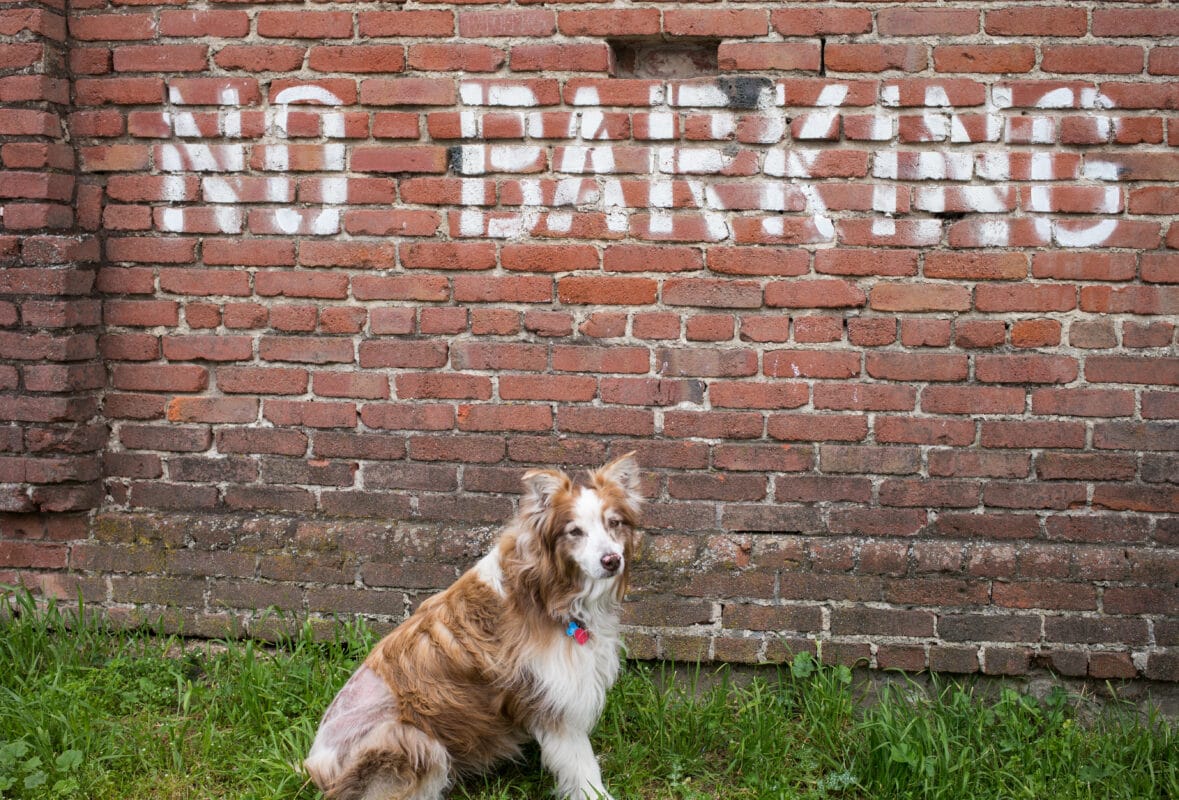behavior modification, Differential Reinforcement, excessive barking, Extinction, negative punishment, positive reinforcement
How to teach a dog to stop barking
How to teach a dog to stop barking
By Will Bangura, M.S., CBCC-KA, CPDT-KA, FFCP, (Dog Behaviorist,) Certified Dog Behavior Consultant
Barking is a natural behavior for dogs, but excessive barking can cause problems for owners and neighbors. Several ways to manage and reduce excessive barking include positive reinforcement, differential reinforcement, extinction, and negative punishment using time-outs.
Positive reinforcement involves rewarding a dog for being quiet by giving them treats, toys, or affection. This reinforces the desired behavior and encourages the dog to be quiet more often. Differential reinforcement involves training the dog to perform an alternative, incompatible behavior when they start to bark, such as sitting or lying down, and rewarding that behavior instead. Extinction involves removing the reinforcement that keeps the barking behavior going by ignoring the dog completely when they bark.
Negative punishment using time-outs involves removing the dog from the situation or placing them in a designated time-out area when they start to bark. The dog is only allowed to return to the previous situation after being quiet for several minutes. This teaches the dog that barking leads to removal from a desirable situation.
Before attempting to manage the behavior, it is important to consider the reason for the barking and address any underlying issues, such as fear, anxiety, or boredom. Additionally, time-outs should be used carefully and effectively to avoid causing fear, anxiety, or aggression in the dog. The time-out area should be safe and comfortable, and the time-out should be brief and not excessively lengthy. The punishment should never involve fear, pain, or intimidation.
How to teach a dog to stop barking using multiple methods
Positive Reinforcement
- Identify what triggers your dog’s barking, such as people passing by, other dogs barking, or certain noises.
- Whenever your dog is quiet, reward them immediately with a treat, toy, or affection. This reinforces the desired behavior and encourages your dog to be quiet more often.
- Gradually increase the difficulty level by waiting more extended periods before rewarding your dog for being quiet.
- Avoid punishing your dog for barking, as this can escalate the behavior and create more problems.
- Consistently reinforce your dog for being quiet, even if it’s just for a few seconds at a time. Over time, your dog will learn that being quiet is a rewarding experience.
Differential Reinforcement
- Train your dog to perform a different, incompatible behavior when they start to bark, such as sitting or lying down.
- Reward your dog immediately when they perform the alternative behavior, such as sitting or lying down.
- Gradually increase the level of difficulty by waiting more extended periods before rewarding your dog for performing the alternative behavior.
- Consistently reinforce your dog for performing the alternative behavior, and avoid rewarding barking. Over time, your dog will learn that barking is not rewarded, while the alternative behavior is.
- Practice in different environments, with different levels of distraction, and at different times of the day to ensure that your dog has a reliable understanding of the new behavior.
Extinction
- Identify what triggers your dog’s barking, such as people passing by, other dogs barking, or certain noises.
- Stop reinforcing your dog’s barking by ignoring them completely when they start to bark. No treats, toys, or affection should be given for barking.
- Consistently ignore barking every time it occurs. It may take time for your dog to learn that barking no longer leads to reinforcement.
- Once your dog has stopped barking, reward them immediately with a treat, toy, or affection to reinforce the desired behavior of being quiet.
- Gradually increase the difficulty level by waiting longer before rewarding your dog for being quiet.
- Practice in different environments, with different levels of distraction, and at different times of the day to ensure that your dog has a reliable understanding of the new behavior.
It is important to note that extinction can be difficult and time-consuming, requiring complete consistency and patience. The process may also increase barking initially, as your dog may bark more frequently in an attempt to gain reinforcement. However, if you are consistent and persistent, extinction can effectively reduce excessive barking in dogs.
Additionally, it is important to consider the reason for the barking and address any underlying issues, such as fear, anxiety, or boredom. If your dog is barking due to these underlying problems, extinction may not be the most appropriate approach, and you should consult a professional for guidance.
Time-Out as Negative Punishment
- Identify what triggers your dog’s barking, such as people passing by, other dogs barking, or certain noises.
- When your dog starts to bark, immediately remove them from the situation or place them in a designated time-out area, such as a crate or separate room.
- Wait until your dog has been quiet for several minutes before allowing them to return to the previous situation.
- Repeat this process consistently every time your dog barks so they learn that barking leads to removal from the desirable situation.
- Once your dog has stopped barking, reward them immediately with a treat, toy, or affection to reinforce the desired behavior of being quiet.
- Gradually increase the difficulty level by waiting more extended periods before rewarding your dog for being quiet.
- Practice in different environments, with different levels of distraction, and at different times of the day to ensure that your dog has a reliable understanding of the new behavior.
It is important to note that time-outs should be used carefully and effectively to avoid causing fear, anxiety, or aggression in your dog. The time-out area should be a safe, comfortable place for your dog, and the time-out itself should be brief and not excessively lengthy. The punishment should never involve physical harm or verbal aggression.
In conclusion, managing excessive barking in dogs can be achieved through using positive reinforcement, differential reinforcement, extinction, or negative punishment using time-outs. The key to success is consistent and persistent reinforcement of the desired behavior, avoiding punishment for barking, and addressing any underlying issues that may contribute to the behavior. It is important to consult a professional dog behaviorist for guidance if necessary.
References
- “Don’t Shoot the Dog!: The New Art of Teaching and Training” by Karen Pryor
- “The Power of Positive Dog Training” by Pat Miller
- “How to Behave So Your Dog Behaves” by Sophia Yin
- “Culture Clash: A Revolutionary New Way of Understanding the Relationship Between Humans and Domestic Dogs” by Jean Donaldson
These references provide information on the various training methods and techniques that can be used to teach a dog to stop barking, including positive reinforcement and counter-conditioning; it is important to use humane, reward-based training methods when working with dogs to stop barking as punishment-based approaches can often be ineffective and cause harm to the animal.


